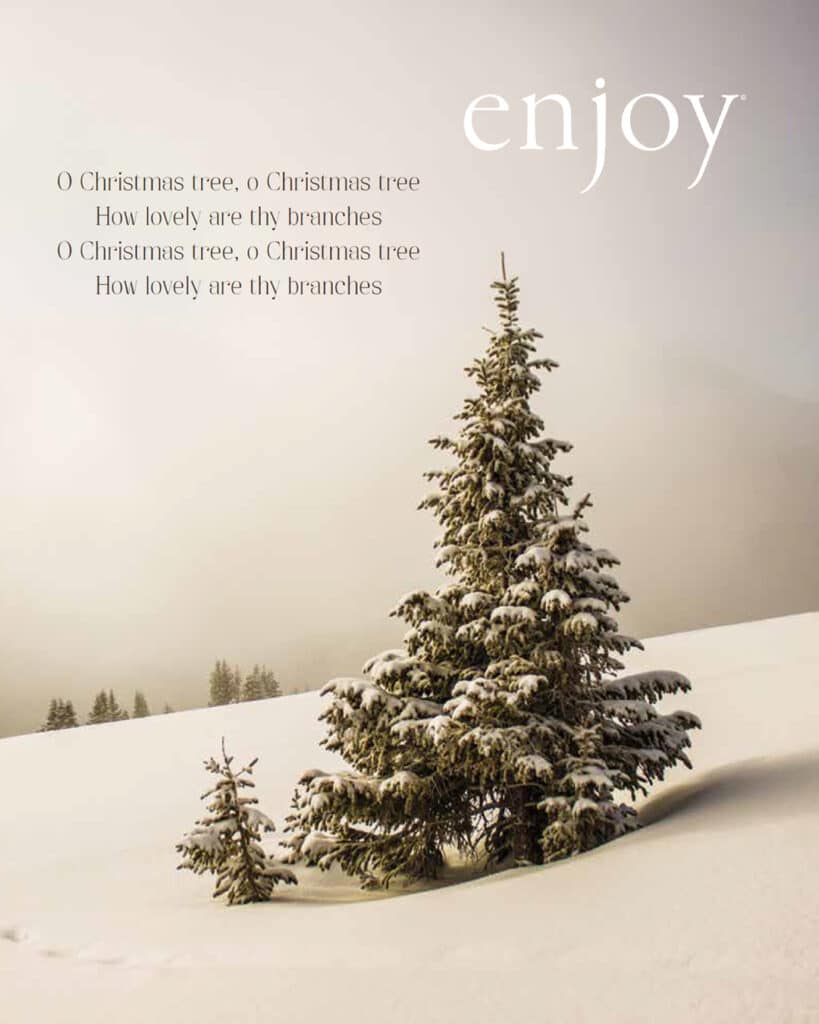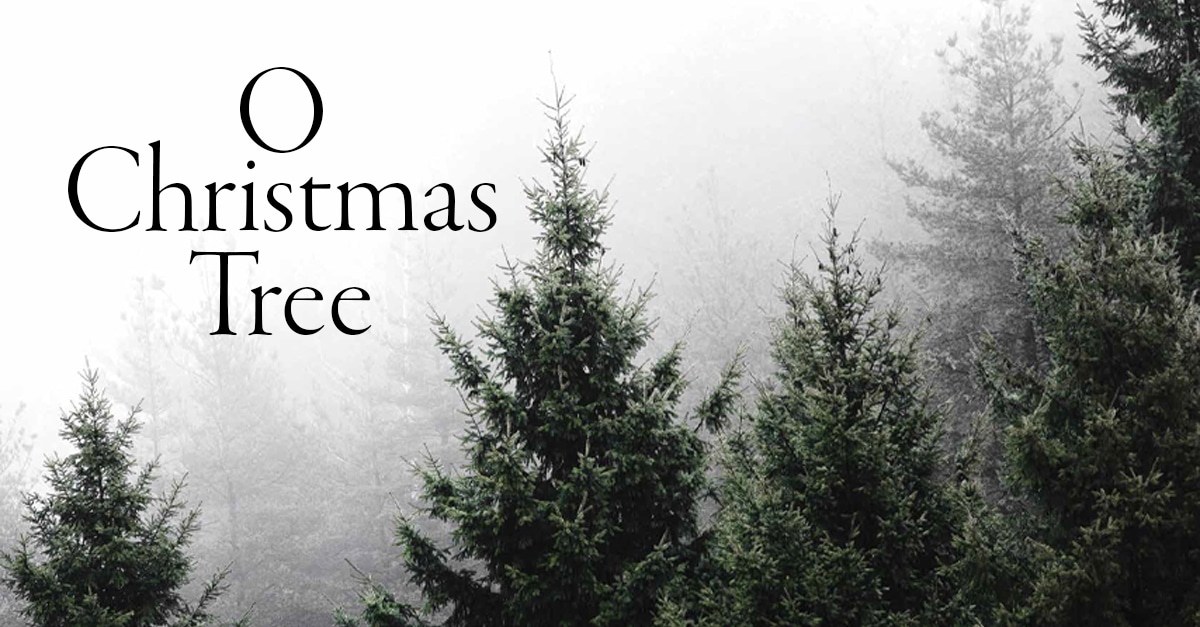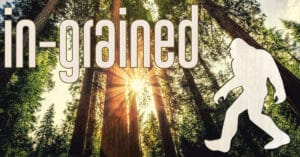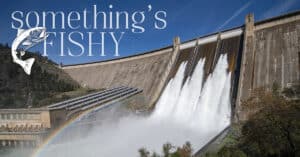O Christmas Tree
The search for the perfect Christmas tree…
As Thanksgiving gratitude gives way to holiday cheer, for many people it also marks the start of the season for a time-honored tradition: the Christmas tree. Choosing the right tree depends on a number of factors, from ecological impacts to longevity to personal preference. But, in general, Christmas trees are most often obtained by visiting a tree lot, pulling the fake tree out of the garage, purchasing a potted tree or heading out to a national forest with a permit. There are even living trees you can rent – an option that many eco-minded shoppers have adopted in recent years. And while various types of firs are generally regarded as the “typical” Christmas tree, other popular species include spruces, cypress and pine trees. “I just like a tree that’s open and lets me hang ornaments,” says Tim O’Connor, executive director of the National Christmas Tree Association.
According to that association, the history of the Christmas tree begins in Europe. The first recorded tree was decorated in Riga, Latvia, and by 1531, the practice had spread through retail lots in Germany and western Europe. The English brought the Christmas tree to America during the Revolutionary War, and President Franklin Pierce introduced the first Christmas tree to the White House in 1856.
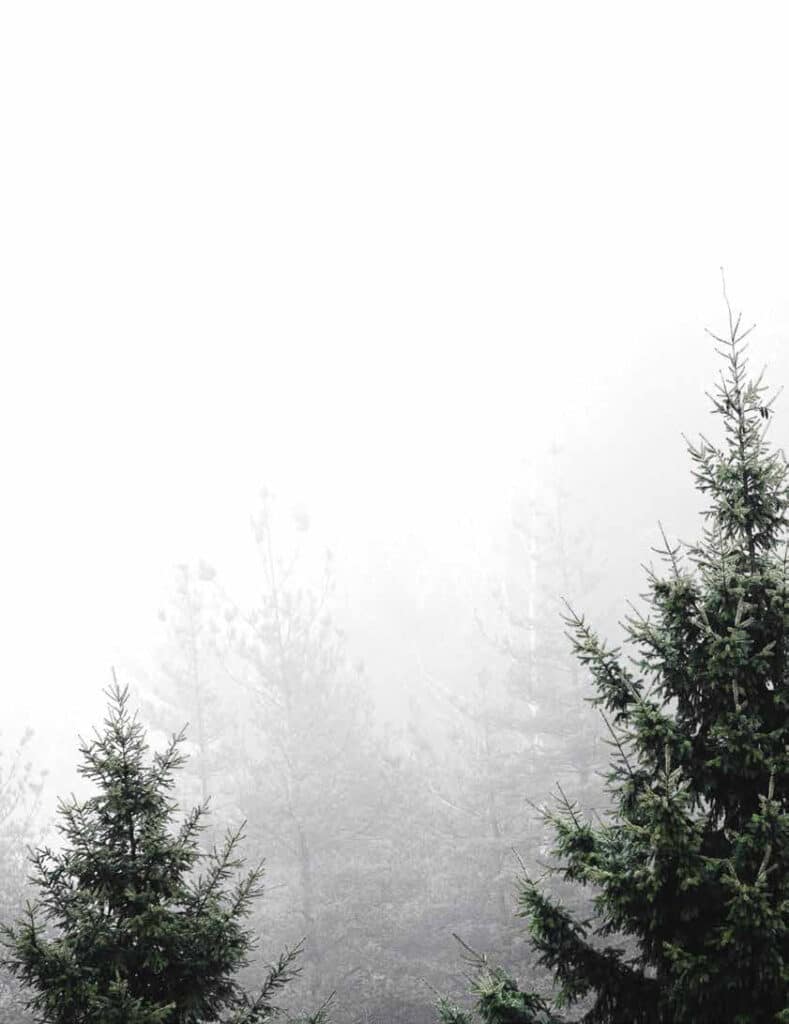
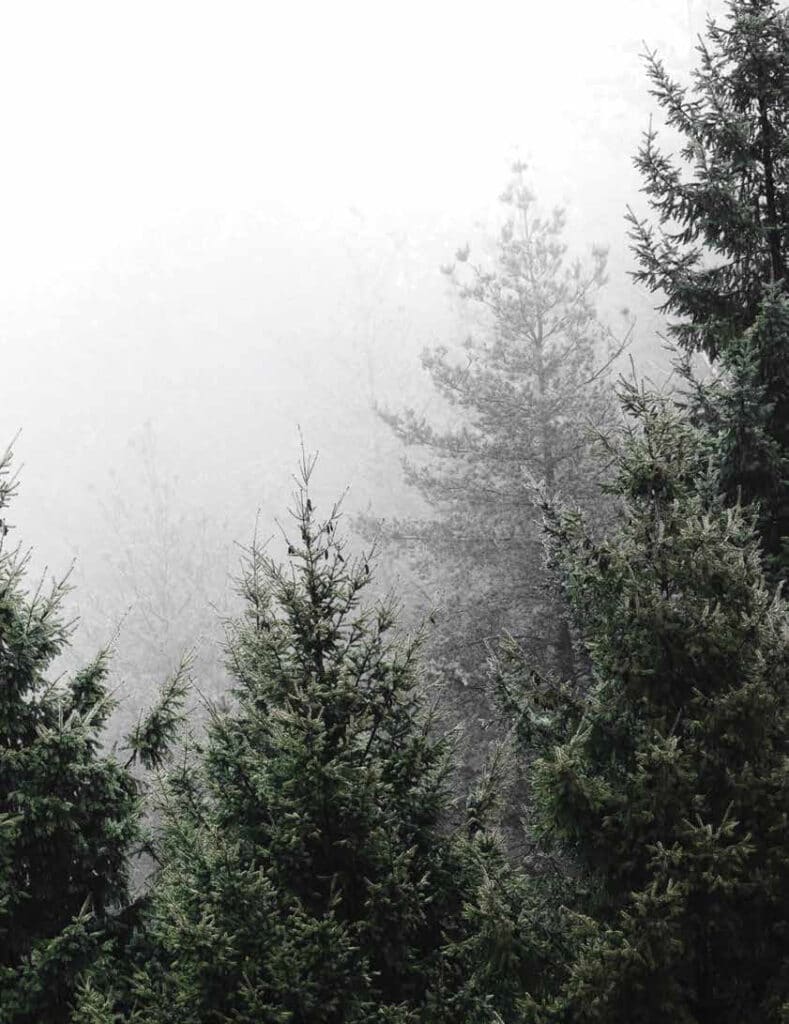
These days, Christmas tree farms dot the country, including several in Northern California. In recent years, there’s been a move toward smaller, more personalized farms. “It’s kind of gone to two extremes, because scale is important to make the business pencil,” O’Connor notes. “Larger farms have to sell more trees to afford expensive equipment, while smaller farms tend to do more specialized breeding.”
Some Christmas tree farms in Northern California present the consumer with a way to have a real tree without killing it by requiring the consumer to leave the bottom third of the tree intact, so the tree will grow back in five to eight years. Essentially, it’s “pruning” the tree rather than killing it. In fact, it’s not uncommon to see trees at farms that have been “pruned” three or four times over the years. That way, one tree can generate multiple Christmas trees during the course of its life.
Not only are Christmas trees big business, but they can be highly competitive. Some of the biggest honors in the Christmas tree world play out on the national stage. The National Christmas Tree Association hosts an annual competition across all 50 states, where the winning tree is presented to the First Lady and the White House, and the runner-up goes to the Vice President. A second national Christmas Tree competition that has touched close to home in Siskiyou and Plumas counties, and that’s the Christmas tree selected for the U.S. Capitol building, also known as “The People’s Tree.” Selected each year by the U.S. Forest Service, the tradition dates back to 1970 when the Capitol architect asked the Forest Service to provide a Christmas tree. A different national forest has been chosen each year to supply the tree.
Since 1970, only two trees have been selected from far Northern California – a Douglas Fir from Plumas National Forest in 1995 and a Shasta Red Fir from the Klamath National Forest in 1986. The tree in 1986 also happened to be the first to come from west of the Mississippi, and was honored with its own postmark at the time in Dorris, Calif. “I was there,” says Bill Reynolds, who worked for the Forest Service and helped select the tree in 1986. After having to scout four options, the ultimate choice for the winning tree was left to a representative from Washington. “The trees had to be in a spot you could easily access with the truck, and he picked one right there on the road between Tennant and Medicine Lake. They came, loaded it up on a truck and took it to Washington.” Reynolds thinks there’s a good reason they went with a Red Shasta Fir. “People call it a silvertip because their tips are kind of a blue-grey. They also hold their needles better than a lot of trees because once they get a freeze, they kind of set in there.”
No matter what choice you make about a tree this season, it’s the memories made around it that truly makes it special.
